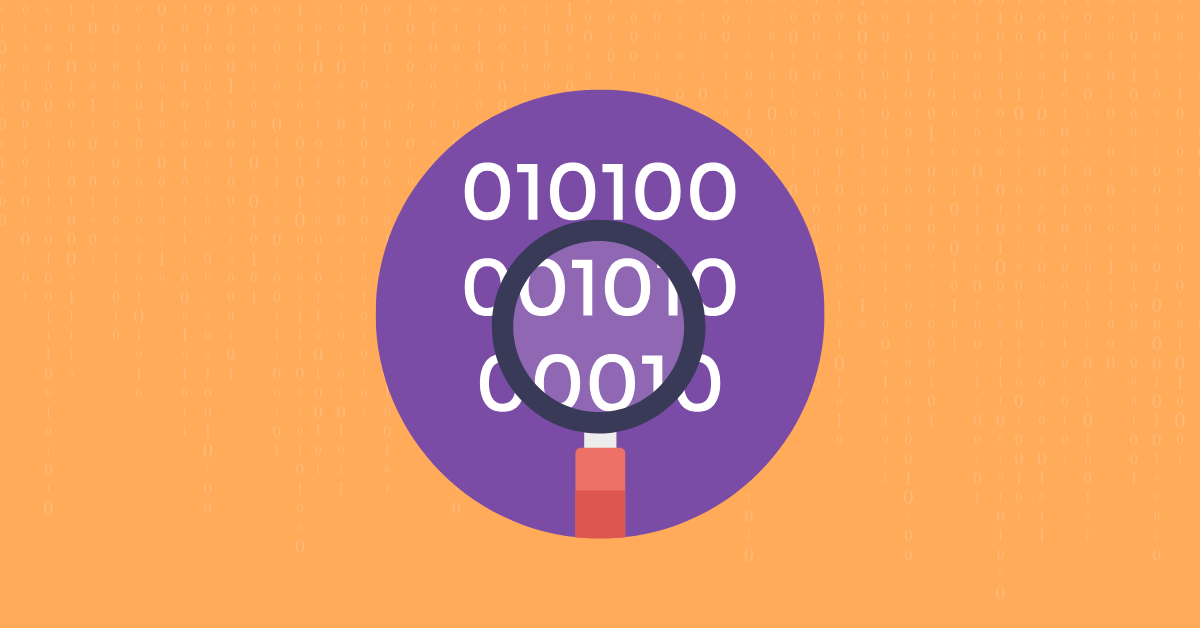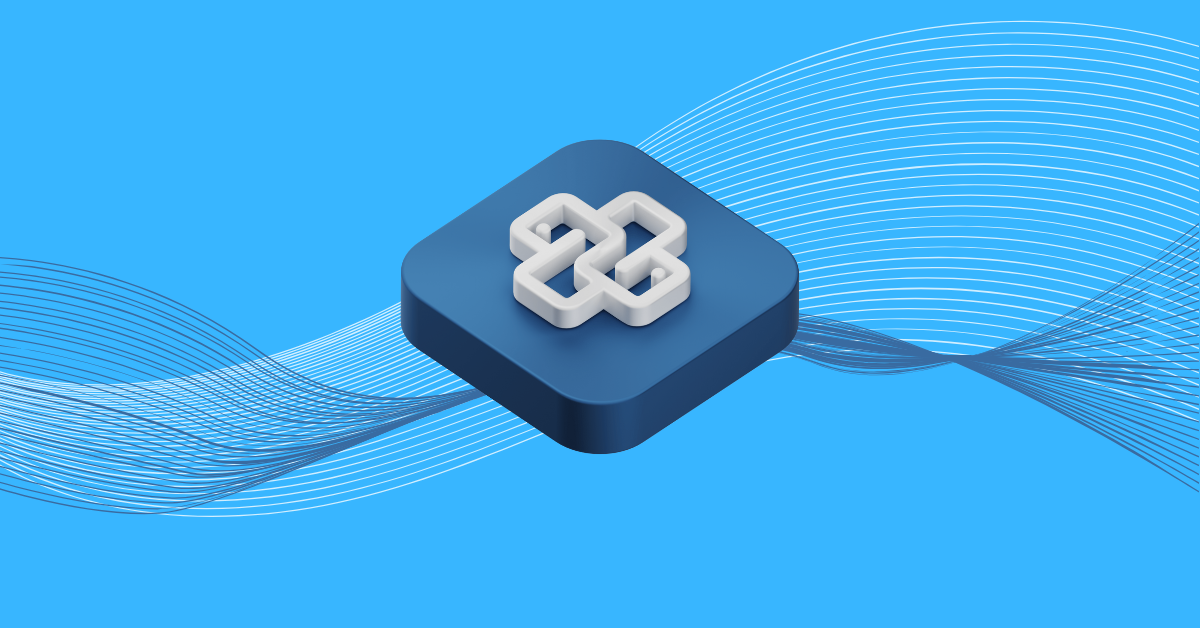

Microservices architecture gives developers a flexible, scalable, agile solution for building high-performing apps that quickly deploy. It has been widely adopted because of its game-changing benefits. However, developers must overcome some challenges and risks to implement solutions with microservices effectively.
Microservices are more complex than monolithic builds. DevOps teams must manage multiple languages and frameworks, and new service dependencies are often incompatible with existing tools. Data consistency is another challenge since each service has its database and transaction management protocols.
Microservices also have increased security risks due to their modular nature. The sheer volume of data exchanged between containers exposes more of a system to the network, providing a broader attack surface. Additionally, the highly replicable nature of microservice containers allows weak spots to spread quickly, often across applications that contain duplicate code.
The competitive and fast-paced nature of software development can lead teams to adopt solutions that may end up causing more problems than they fix. Unless developers understand how to overcome the challenges and mitigate the risks microservices pose, they may be mired in a bog of complexity that brings progress to a screeching halt.
Some of the issues developers face with microservices include:
Because each service is deployed independently, coordinating operations across a path of services is often difficult. Additionally, multiple services may be involved in fulfilling a request, so traditional monitoring tools can make root cause analysis impossible.
Scaling and optimizing independently hosted and deployed services requires complex coordination of different components across separate servers. Although scalability is a frequently cited benefit of microservices architecture, it can be challenging to achieve.
Fault tolerance must be optimized for each microservice. One component failure can affect the entire system, but the optimal procedures and practices will differ for individual services.
A microservices architecture requires a minimum of centralized management, making environmental control challenging. While one set of procedures applies to a monolithic environment, a microservice environment will need different ones for each environment.
Testing the individual components of microservice architecture and their interdependencies exacerbates environmental control’s complexity. This obstacle must be overcome early because testing needs to be incorporated at all phases of the software development lifecycle.
Microservices are deployed across various cloud environments and communicate with each other through different infrastructure layers. This results in less control and increased obscurity of components. Not only does this microservice structure increase security vulnerabilities, but it also makes testing for vulnerabilities and network security more difficult.
The distributed framework elevates securing data because it’s technically difficult to control access and administer secured authorization to individual services. Data confidentiality, privacy, and integrity are also harder to maintain with a distributed framework. Data in microservices is continually moved, interacted with, and stored in different places for different purposes, which exposes more entry points for bad actors.
Independent microservices are standalone applications that have to communicate with each other. If the infrastructure layers that facilitate resource sharing across services are poorly configured, the result is a suboptimal application with a slow response time.
Open-source software is frequently a component in microservices. In addition to the complexities inherent in segmentation, microservices have vulnerabilities related to third-party and open-source code.
The most significant issues with open-source code are security vulnerabilities and licensing liabilities.
Open source code vulnerabilities frequently have publicly known security susceptibilities. Although patches are usually quickly released to fix these risks, almost 80% of libraries are never updated in practice. As a result, outdated open-source software can cause serious performance issues and security risks.
The most common licensing liabilities of open-source code are infringement and restriction. There are over 200 different types of open-source software licenses, and they often conflict with each other. Developers who use open code in their builds must abide by these licenses. Some licenses, such as the copyleft license, require all modified and extended program versions to be free.
Infringement can be an issue because open-source code isn’t created under the same types of control as proprietary software. Anyone can add infringed code to open-source software and pass it along, which can violate intellectual property rights.
The DevSecOps team needs to integrate security and risk-mitigation measures into their practices at every stage of open-source development. Developers can address application security challenges by following best practices for designing security into a microservices architecture, including:
Many microservices use container technology based on images that may contain vulnerabilities. Teams should regularly scan images to ensure they don’t contain any vulnerabilities.
Additionally, to address the internal and external threat surfaces of containers, developers can implement POLP such as:
Effective authentication and authorization are critical to providing secure access to microservices, which can include backend services, middleware code, and user interfaces. OpenID and OAuth 2.0 are authentication systems that generate user tokens for secure access across distributed systems.
Creating one entry point for all clients and systems across microservices will help overcome the cloud security challenges associated with using multiple technologies, interfaces, and protocols. For example, if all systems are connected to an API gateway, it can filter requests to sensitive resources and perform authentication and authorization.
An API gateway can also provide security features such as:
An SBOM is a standardized list of all components used in a software build, including:
An SBOM provides visibility into open-source vulnerabilities and licensing requirements.
A software composition analysis will keep all members of an organization updated on the latest versions of third-party software in use, any patches that need to be implemented, and relevant licenses. An SBOM should include data fields, automation support, and the practices and processes an organization uses.
A build is only as secure as the components it’s built on. An SBOM is a cornerstone of managing risks in the software supply chain and helps organizations:
While the segmentation of microservices is responsible for some of the challenges in using them, it can be an advantage regarding security. Because each service is an isolated part of the application, each can be implemented, modified, maintained, extended, and updated without affecting other microservices.
Other infrastructure layers, such as the database, should also be isolated. Microservices should only have access to their data so that a malicious actor who gets access to one can’t launch a lateral attack.
Automating code analysis and portfolio management will make the process much more efficient. Kiuwan offers two tools for end-to-end application security. These tools help teams identify vulnerabilities in application code security.
Code Security (SAST) automatically scans code to provide security at every stage. It checks for source code defects — including laws, faults, bugs, or improvements — according to the following software characteristics:
Tailored reports based on industry-standard security ratings such as OWASP and OWE allow businesses to understand their risks. Code Security generates automatic action plans to mitigate risk and manage technical debt.
Insights (SCA) helps organizations manage open-source risks with automated policies throughout the software development lifecycle. It automatically generates a complete and accurate SBOM for builds and applications, eliminating the time-consuming process of manually creating a software inventory.
Insights let developers know when a security vulnerability alert or licensing conflict impacts them. Developers can then address security risks as they apply to applications. The unused features in open-source deployments can cause dependency issues. SCA’s code quality analysis identifies unused code so it can be removed, reducing the risk of dependency problems.
Kiuwan offers the most comprehensive solutions for application security. The platform provides pinpoint accuracy, giving complete visibility and control of the entire application portfolio. Objective data reports give decision-makers a complete view of their software, ensuring that no application is deployed without the highest level of security.
Kiuwan’s solutions integrate an organization’s existing development systems and facilitate team communication. Their powerful, functional dashboards provide important information to stakeholders at a glance. Reach out today for more information about how Kiuwan’s customized plans.


